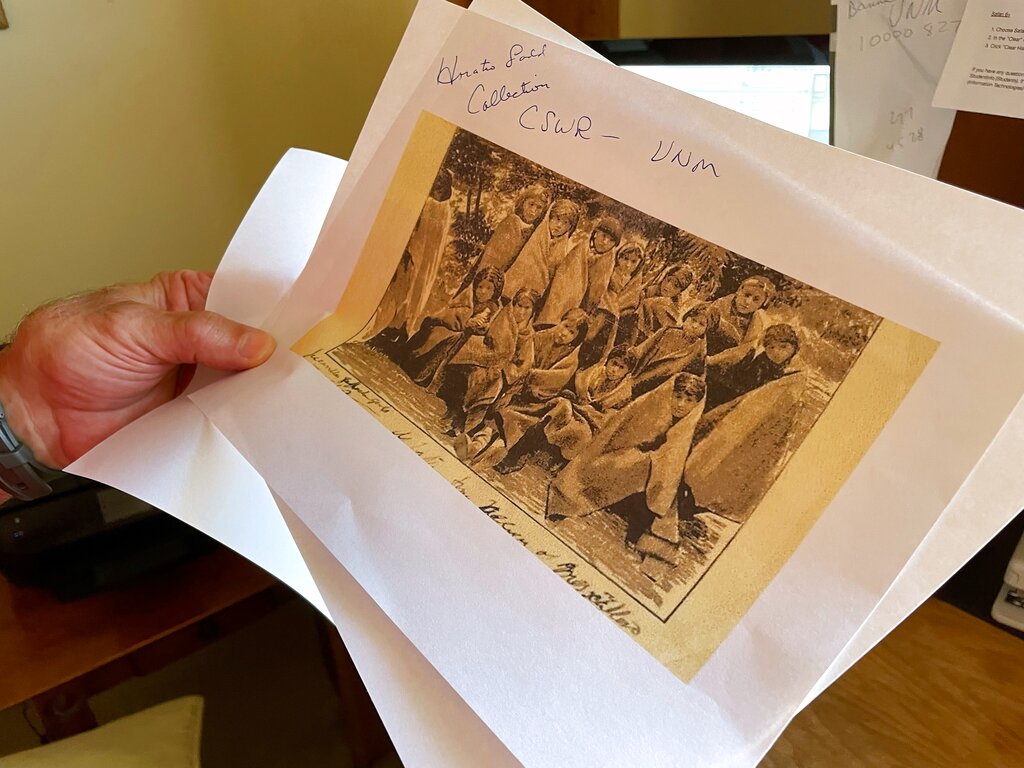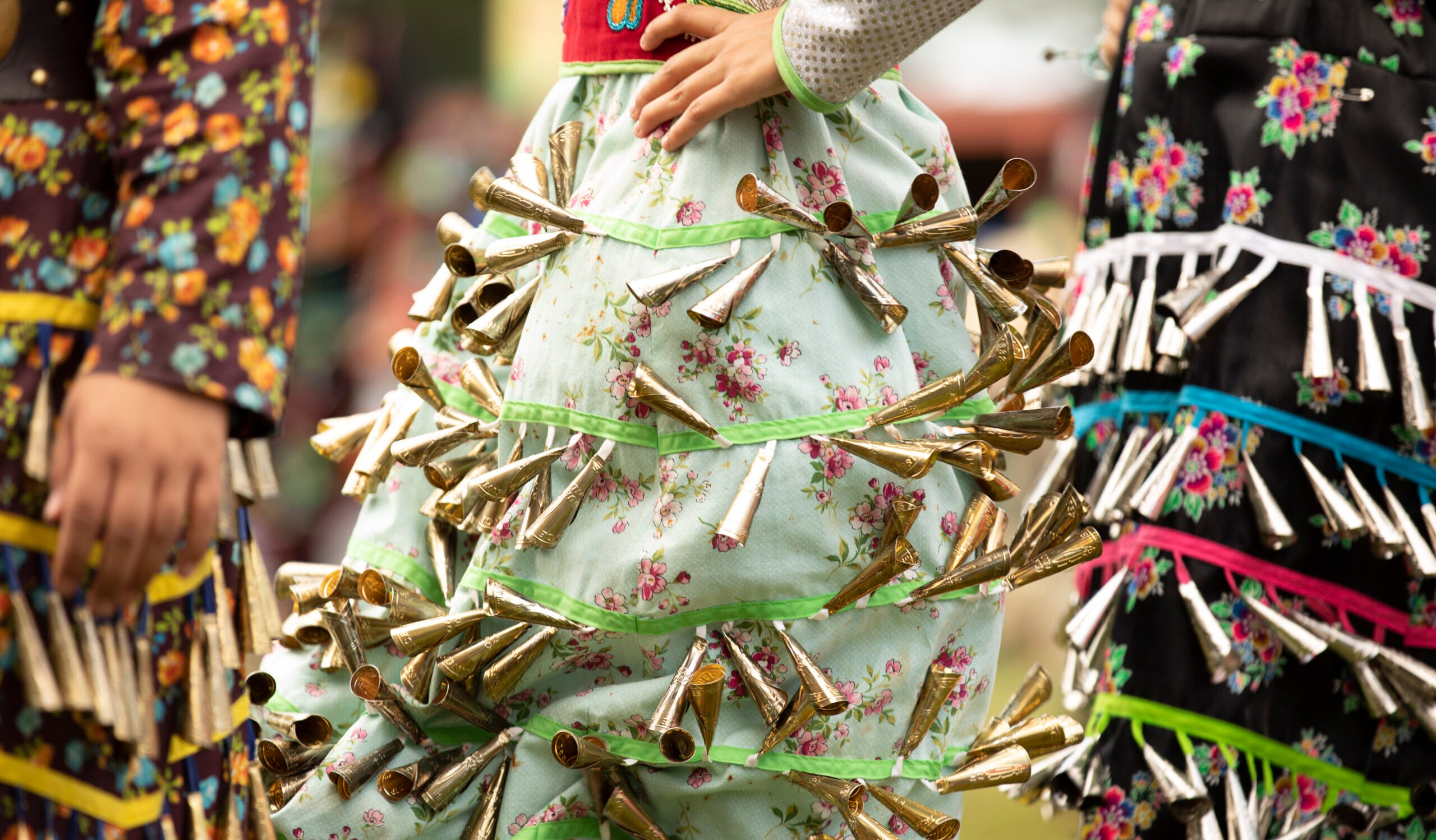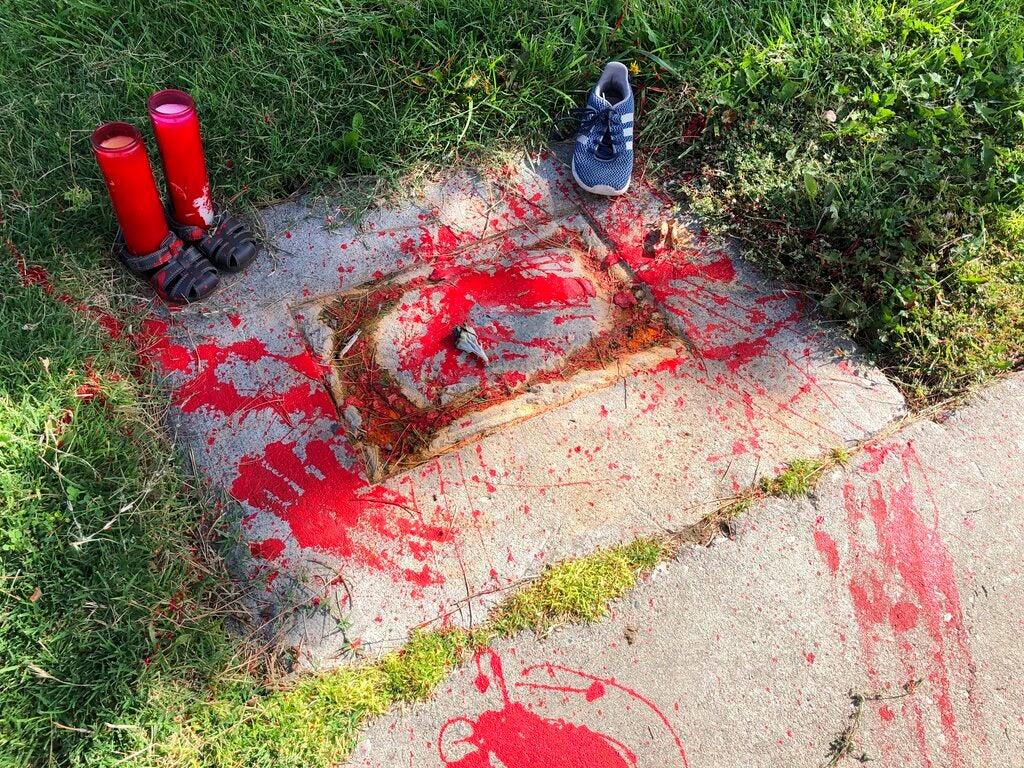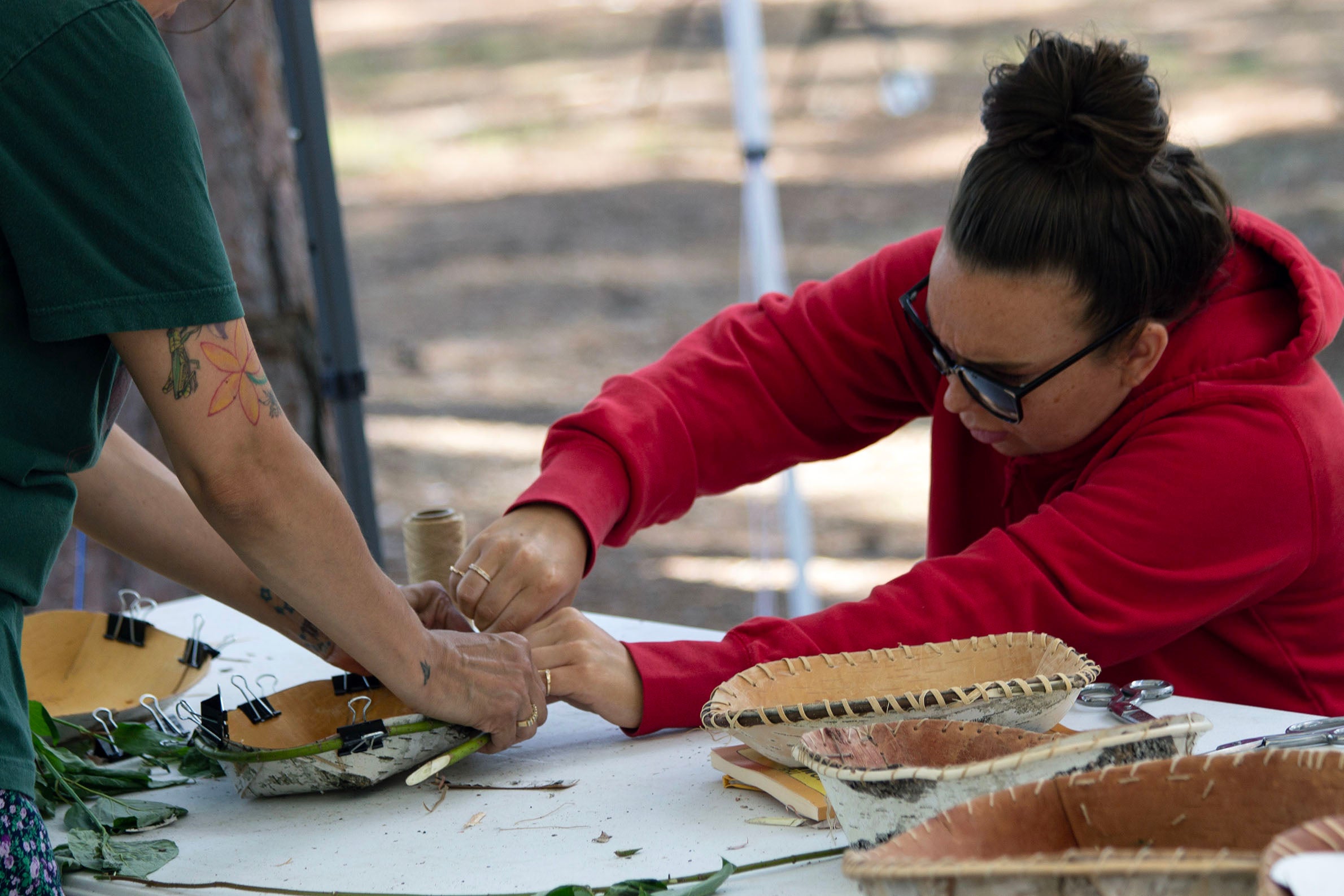The U.S. Department of the Interior was created in 1849 to “assimilate Indigenous peoples,” according to its current secretary Deb Haaland. Last month, Haaland’s department concluded an investigation into the trauma inflicted upon Native Americans by the federal Indian boarding school system.
Haaland said the investigation’s reports are “historic” in a statement she made after the second and final volume of the report was published.
“This is the first time that the federal government is acknowledging this painful chapter of our history,” Haaland said.
Stay informed on the latest news
Sign up for WPR’s email newsletter.
Kasey Keeler, an assistant professor at the University of Wisconsin-Madison, joined WPR’s “Wisconsin Today” to discuss the reports.
Keeler teaches civil society and community studies as well as American Indian and Indigenous Studies. She is also an enrolled tribal citizen of the Tuolumne Band of Me-Wuk Indians and Citizen Potawatomi.
“It was just so expansive,” Keeler said about the newest report.
Keeler said the most startling aspects were the details of student deaths, the number of boarding schools and the amount of money the U.S. government spent on the system.
On “Wisconsin Today,” Keeler shared more about the trauma and forced manual labor students experienced at the boarding schools.
The following was edited for clarity and brevity.
Kate Archer Kent: The first volume of the investigation estimated over 500 student deaths at federal Indian boarding schools. This new report increases that number to at least 973 children. It then acknowledges the figure is incomplete. What is your reaction to the increased estimate of student deaths?
Kasey Keeler: Throughout the report, they explicitly say this information is not complete. You really need to think about what that means: these are the documented deaths of Indian children at the boarding schools, recorded and reported somewhere in the archival record. This is a number that I would say is significantly underreported. A lot of times, we don’t know the actual number because it was not in the schools’ and the administrators’ incentive to report and document.
“When students attended these boarding schools, the goal was to strip that Native identity.”
Kasey Keeler
KAK: What was it like for children in these boarding schools? What did they endure?
KK: For the vast majority of students who attended these federal Indian boarding schools, it was a very negative, painful experience. These reports go into some detail of what these children experienced. It’s difficult to read as a Native woman, and I would assume that would be similar for people who are also non-Native.
We know that many students who experience boarding schools experienced multiple forms of violence. This could include physical violence, sexual violence and emotional violence. Children were separated from their families and communities for weeks, months or years at a time. The report says we know that many of these children did not return home. Many children died in these institutions.
These institutions were created for assimilation. When students attended these boarding schools, the goal was to strip that Native identity. Children were brought to these boarding schools and often were given new Christian, Euro-American names. They were forced to speak English and not their Native languages. They weren’t allowed to practice their cultures, ceremonies or traditional beliefs.
KAK: In addition to the horrible trauma, these children didn’t get a formal education. The report says they had to do manual labor and learn domestic skills. They weren’t set up to succeed in society.
KK: Absolutely. The report includes archival records that explicitly say what the schedule of a day would have looked like. Students provided the manual labor to run the schools, so they were doing things like cleaning and sewing clothes for themselves and for other children. They were also engaged in various forms of agriculture for the individual institutions: chopping, collecting and hauling wood, cooking, hunting, tending Western crops and processing meat to eat.
KAK: How do you view the lasting effects of family separation and trauma from the federal Indian boarding school system?
KK: The report goes into various scientific, health and medical studies that examined how American Indians who attended boarding schools have lower physical health statuses than those who did not. Additionally, the report references studies that look at the epigenetic alterations that were transferred from attendees of boarding schools to their children who did not attend the boarding schools. We know that this trauma is passed on in DNA.
We also know that the legacy of the boarding schools shows up in today’s health outcomes in American Indian communities. That can look like high rates of diabetes, alcoholism and suicide. So much of this is directly linked back to family separation from the boarding school experience, but also from American Indian adoption and foster care programs of the mid-20th century which grew out of the boarding school era.
KAK: In the boarding school era, there were at least 11 federal boarding schools here in Wisconsin. How do we process this and start to heal?
KK: I think there’s so many opportunities to begin to heal. There’s one aspect: How do we support American Indian School and tribal communities who are impacted by the boarding schools? The other aspect is: How do we educate and inform non-Native people? How do we teach this history in a responsible and respectful way so we can also continue that healing process?
I think there’s so many opportunities, both in K-12 education and also in the collegiate level. Here in Wisconsin, there were 11 boarding schools across the state, so this is something that significantly affected every region of Wisconsin.
Wisconsin Public Radio, © Copyright 2025, Board of Regents of the University of Wisconsin System and Wisconsin Educational Communications Board.




